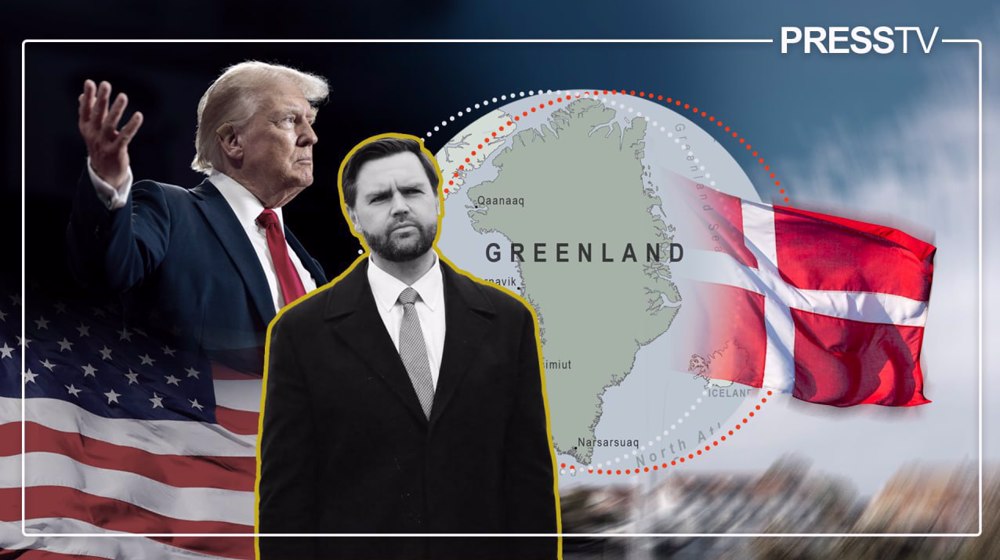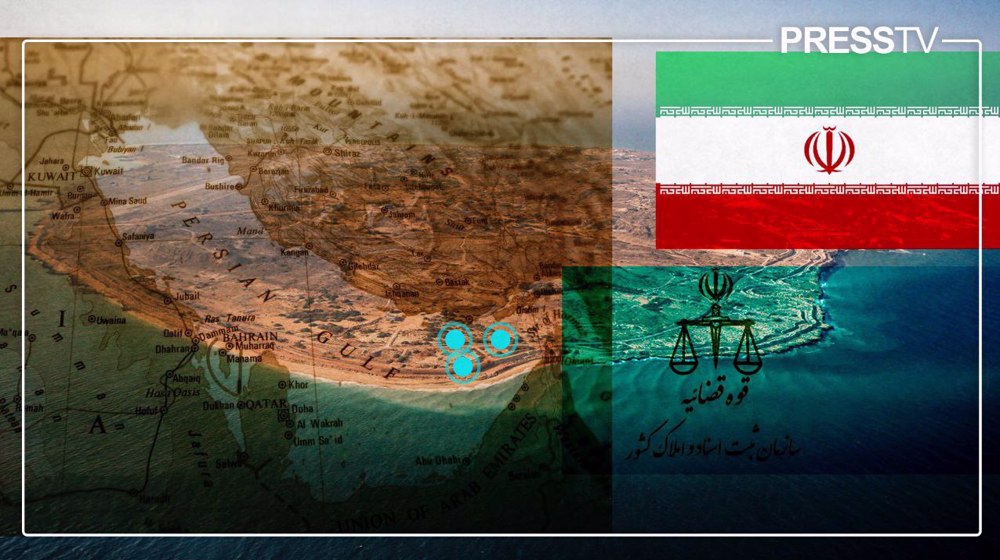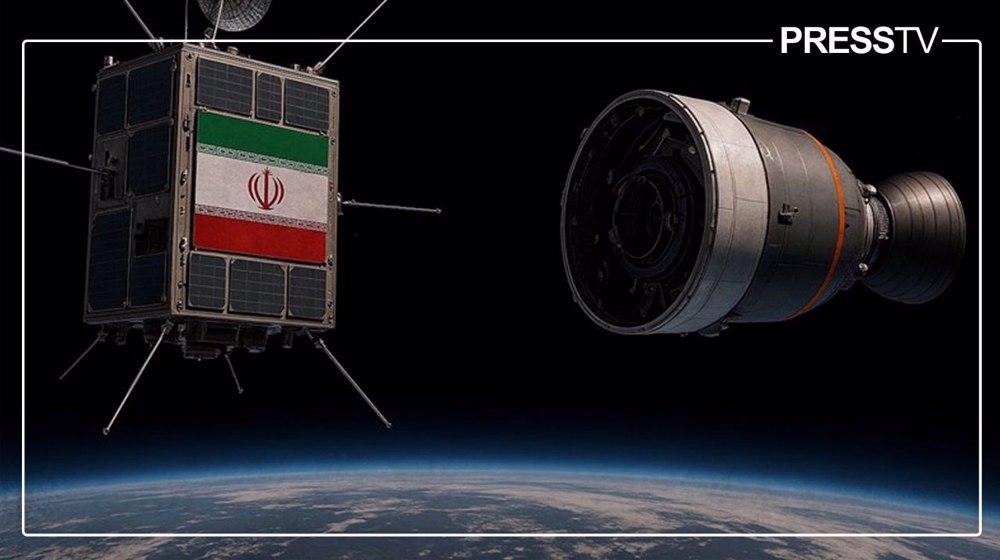Explainer: Trump doubles down on bid to grab Greenland – what’s really behind it?
By Hamid Javadi
US President Donald Trump has dramatically stepped up efforts to seize control of Greenland by dispatching Vice President JD Vance, an Ohio native, to visit the mineral-rich, semi-autonomous territory of Denmark, which the United States has eyed for over 150 years.
Addressing US troops at Pituffik Space Base on Greenland’s northwestern coast on Friday, Vance delivered Trump’s message unequivocally. He made it clear that the American president’s ultimate goal is to claim Greenland for the United States, by force if necessary.
“We do not believe that military force will ever be necessary,” Vance said—not so much to sound reassuring as to subtly warn that military action could, in fact, be an option.
This would not be the first time for the United States to send troops to seize Greenland. During the Second World War, the US occupied the island after Germany captured Denmark. In 1949, Washington relinquished its claim on Greenland after Denmark joined the North Atlantic Treaty Organization (NATO) military alliance.
While at the US military base, Vance took aim at Denmark, a longtime NATO ally, accusing the Nordic kingdom of failing to adequately protect the island’s security.
“Our message to Denmark is very simple: You have not done a good job by the people of Greenland,” he said. “You have underinvested in the people of Greenland, and you have underinvested in the security architecture of this incredible, beautiful landmass filled with incredible people. That has to change.”
Trump’s deputy said Greenland would be better off partnering with the United States.
The rebuke of a longstanding ally came shortly after Greenland formed a broad-based coalition government that excludes hardliners advocating swift independence from Denmark.
Greenland was a colony of Denmark from 1721 until 1953, when it became a formal territory under the Danish constitution. In 2009, the island gained broad self-governing autonomy, including the right to declare independence through a referendum.
A majority of Greenland’s 57,000 inhabitants are in favor of independence, but many fear that breaking away from Denmark too soon could expose the island to a new colonial master—the United States.
Why is Greenland so important to the US?
Trump is not the first American president to eye Greenland. The idea of acquiring the world’s largest island has surfaced multiple times in US history, with notable internal discussions occurring in 1867, 1910, 1946, 1955, and most recently under Trump in 2019 and 2025.
Straddling the Arctic Circle between the US, Russia, and Europe, the island holds a unique geopolitical advantage that has drawn Washington’s interest for over a century and a half.
Trump first made waves with his offer to buy Greenland during his first term, but he has taken his desire to “own” the island to a whole new level since returning to the White House for a second term in January.
“I think we’re going to get it,” Trump said in his congressional address in March. “One way or the other, we’re going to get it.”
The US’s interest in Greenland is a microcosm of its broader Arctic strategy—a bid to secure economic interests, project power under the pretext of national security, and counter the growing influence of rival powers in this strategically vital region.
With tensions already running high, the timing of Vance’s visit—just weeks after Greenland’s parliamentary elections—has ruffled feathers in both Greenland and Denmark.
Relations between Greenland and Denmark have long been strained, as many Greenlanders continue to harbor grievances over colonial-era mistreatment. However, Trump’s aggressive push for Greenland has spurred Denmark to improve its ties with the semi-autonomous island.
Before Vance’s arrival, Danish Prime Minister Mette Frederiksen congratulated Greenland’s new prime minister, Jens-Frederik Nielsen, and his incoming government. “I look forward to close cooperation in an unnecessarily conflict-filled time,” she said.
Trump sees Greenland, whose capital, Nuuk, is closer to New York than to Copenhagen, as a key asset for US national security. He has frequently threatened to seize the island through a financial transaction or military force since his return to the Oval Office.
Is it about national Security, or lack thereof?
How does Greenland factor into US national security calculations? The Arctic island lies along the shortest route from Europe to North America, making it critical to the US ballistic missile warning system.
The United States already has a significant military presence in Greenland through the Pituffik Space Base, which supports missile warning and space surveillance operations for NATO.
During the Cold War, the base served as an early warning post for potential Soviet missile strikes. Today, it offers a uniquely strategic location for air and submarine surveillance.
The United States has made it clear that it wants to expand its military presence on the island, with plans to install radars to monitor the waters connecting Greenland, Iceland, and Britain, a gateway frequently traversed by Russian naval ships and nuclear submarines.
Acquiring Greenland outright would significantly expand America’s Arctic claim, bolstering its influence over the region.
How are minerals driving the US interest in Arctic island?
But there is certainly more to US interest in Greenland than just security concerns.
Economically, Greenland heavily relies on its fishing industry, which accounts for over 95 percent of exports, and on Denmark’s annual subsidies, which cover about half of the island’s public budget.
In recent years, some Greenlandic politicians have considered a “free association” with the US, whereby they would swap Danish subsidies for American support while maintaining autonomy, similar to arrangements with the Marshall Islands, Micronesia, and Palau.
Trump’s aggressive stance has disrupted those discussions.
About 80 percent of Greenland is covered with ice, some of it a mile thick. As global warming accelerates Arctic ice melt, the region has become a hotbed of international competition, with the US vying against rivals for control over its untapped natural resources and emerging shipping routes.
As the ice continues to recede, ironically due to pollution from major emitters like the US and China, Greenland’s minerals and rare earth metals are becoming even more enticing.
A White House official recently stated that Greenland’s rare earth minerals, a collection of 25 “critical raw materials” essential for industries ranging from smartphones to weapons systems, are sufficient to power the US economy for the next generation.
How is US unnerved by growing Chinese presence in the region?
For the United States, controlling Greenland could mean reducing its reliance on China for these precious resources. Once a leading producer of rare earths, the US has since been surpassed by China. Now, Washington seeks to reclaim its dominance by tapping into resource-rich lands closer to home.
Additionally, Greenland’s shipping routes hold particular significance for Trump as he escalates his trade war with traditional US trading partners.
The Arctic routes offer a shortcut for global trade, reducing travel distances between Asia, Europe, and North America by approximately 40 percent compared to traditional routes like the Suez or Panama Canals.
This makes control over the Arctic highly appealing for the United States, both economically and strategically, especially as rival powers like Russia and China expand their presence in the region.
“We need to wake up from a failed, 40-year consensus that said that we could ignore the encroachment of powerful countries as they expand their ambitions,” Vance told US troops at the military base.
“We can’t just bury our head in the sand—or, in Greenland, bury our head in the snow—and pretend that the Chinese are not interested in this very large landmass.”
Greenland now finds itself at the center of a geopolitical rivalry, with its economic future and sovereignty hanging in the balance.
Greenland’s story is quickly becoming a tug-of-war between the US, Denmark, and other global powers, with its people caught in the middle. It is a modern tale of the age-old conflict between colonial ambitions and the fight for independence and self-determination.
Whether it’s about national security, minerals, trade, or geopolitical rivalry, Greenland’s future now hinges on whether it can chart its own path toward independence amid growing external pressure.
‘Sickening’: Trump’s ‘Peace Prize’ moment at World Cup draw sparks worldwide cringe
Iran drawn against Belgium, Egypt, New Zealand in 2026 FIFA World Cup Group G
VIDEO | Slamming ‘Greater Israel’ project
VIDEO | Press TV's news headlines
VIDEO | UAE-backed separatists seize key provinces in eastern Yemen
VIDEO | New data reveals India’s exports slide sharply over US tariffs
Man shot dead leaving mosque as Israeli raids, settler violence sweep West Bank
Niger accuses French nuclear giant Orano of ‘mass crimes’










 This makes it easy to access the Press TV website
This makes it easy to access the Press TV website